Today we are diving into a introduction to the profiles and lines in human design. Before we get into the profiles in human design, I am delighted to be name one of the 45 Best Human Design Blogs by FeedSpot
I am so excited to talk to you today about an overview of the profile in human design. The profile is where we figure out the personality that we bring to the table. It’s the way with which we move about life and interact with other peopl
I like to use the metaphor of a lighthouse. The profile is the outside of what your lighthouse looks like. Whether you have a modern lighthouse, an old school lighthouse, or one that’s red or white or green or purple or whatever color, that’s the profile in human design. It’s the exterior of what your lighthouse looks like.
If you don’t have your chart you can download it here.
Introduction to Profile in Human Design
The profile is made up of one of six different lines that have two part – the body also known as the design or the subconscious and the mind also know as the personality or the conscious. If you look at your human design chart on the right-hand side of the chart, in that very top little box with the picture of a sun, there’ll be a number between 1 and 64 and then a dot, and then a number 1 through 6 that comes after it.
On the right-hand side, that is known as the mind, personality, or conscious side, and that is the first number in your profile. That is how your mind is designed to operate. It is often a place where you are very conscious of the fact that this is how you operate.
Introduction to Profile in Human Design: Lines
There are six different lines. The lines that are next to the number of 1 through 64 are part of what is known as the hexagram– I will talk more about that in a second. The right side, that’s what we’re talking about here, the number after the dot, that is the first number in your profile. Then on the left side of your chart, on the exact opposite side, there’ll be a sun with a number 1 through 64, and then a dot, and then another number 1 through 6.
That is where the second number in your profile is derived from. The left-hand side is your subconscious side. It’s your body side. It is how you’ll often hear it talked about as your design side. This is subconsciously how you operate.
This is the second number in your profile and those numbers that you see after the dot. The first set of numbers, the one through 64, that’s the 64 different gates in human design. Then there’ll be a dot, and then there’ll be the line level, and the two line levels on the right-hand side and the left-hand side come together to make your profile.
When we put these together, the lines in human design originate from the hexagram, which is part of the eing, which is an eastern system. It’s been around for hundreds if not thousands of years. There are six lines inside the hexagram, and when there are six lines that makes up 12 profiles.
Introduction to Profile in Human Design: Building Your House
When we think about this, there’s often this metaphor of a house that is used to describe the lines. The first three lines one, the investigator line two, the hermit line three, the martyr, those are part of the lower trigram. People will often talk about the first line in human design as the foundation of the house.
They’ll talk about this, and the first line really is introspection, chameleon empathy. Then you have the second line. This is usually the first floor in the house. This is sort of the window on the first floor. It exists in the projection field. The themes here with the second line hermit are the natural projection Democrat. Then you have the third line, which is really the transition. If we continue with that house metaphor between the first floor and the second floor, it’s the stairs.
The line three in traditional human design is known as the martyr. There’s a lot of trial and error here. There’s a lot of mutation. There’s adaption. This is where you make material in the world. Then you have the fourth line. This is the foundation of the second floor or the second floor in general.
The fourth line is known as the opportunist. This is where you externalize. These are people who are friendly. They also might be an abator. But the fourth line is that foundation on the second floor, and that starts to get into what is known as the upper trigram.
The lower Trigram lines one, two, and three. These are personal lines. These people have a personal destiny. They don’t necessarily need others in order to fulfill their destiny, whereas the upper trigram, or what is known as the transpersonal destiny, which is requiring other people in order to fulfill their destiny.
That fourth line opportunist, that’s the foundation of the second floor. Then you have the fifth line heretic, which is people who are here to universalize and projection. This is also known as the general, the fifth line heretic. If you stick with the house metaphor as sort of the window on the second floor or the attic, it lives in that projection field.
It’s this sort of an air of mystery about the fifth line as it is the highest ability to be a human. This is the highest consciousness that a human can have. And then you have the sixth line. This really sits on top of the house. This is the roof. A lot of people you’ll hear, the sixth line is like the roof metaphor, and the sixth line is known as the role model. These are the people who, the themes here are administrator, optimist, and peacemaker, and they really see things with a different perspective. And that sixth line, it’s like it sits on top of the house, and this is how we make the profile.
Introduction to Profile in Human Design: Synergy
This is what makes the profiles come together. So it’s important to understand that there are certain lines that have synergy with them more than others. The one and the four are synergistic. The two and the five are synergistic, and the three and the six are synergistic. And line one will have tension with five and six. Line two will have tension with four and six, line three will have tension with four and five.
There’s this dichotomy that might exist in your profile. I just want to name that because some of you have a lower, part of your profile, the line, the first line or the second line maybe may have a personal destiny, whereas the second part of your profile might have a transpersonal destiny.
So those are things that you’re constantly always having to dance with. You’re having to work with that.
It’s important to understand where that line is. Is it on my mind’s side, or is it on my body’s side? And people that are new to human design don’t always resonate with the body part of their profile because it is intended to be more subconscious. Oftentimes what happens is when I start to get into this stuff with folks, they will start to have these aha moments where they’re like, oh, yeah, now that you say that, that makes sense.
Because that body side isn’t something that we’re always super conscious of. I always like to look to my children to really see how wonderfully the mind and the body work together. Because for me, the parts don’t exist without, the whole way in which I look at. Human design fundamentally is from this place – you can’t have the mind side if you don’t have the body side. All of these pieces make up the whole of the profile of a human.
Introduction to Profile in Human Design: Final Thoughts
A lot of times you hear people look at this placement that gives you all the answers to X. It can, and also all the parts don’t exist without the whole. Ra, the founder of human design talks about that a lot in his lectures, particularly as he was sharing more and more human design with people. It’s important to understand that your two lines, the first line that you have, the one on the mind side, and then you’ve got that second line, the one on, on the body side. Those two come together to make the whole of your personality and your profile here.
It’s really, it’s here to influence how you move about the world, how you interact with people.
The reality is, some of us may be conditioned. Some of us may have an inner child wound, and some of us may have baggage. We all have some level of baggage. So I encourage you as you listen to this series, to lean in, to be kind to yourself, and give yourself lots of grace and compassion as you move through this process.
Understanding how the lines operate both together and separately as you move about this series is really, really important. My job is to separate them out, to give you the themes of them separately, and then bring those themes together as well. As you will see over the coming series, we are diving into each profile. I’m going to give you a taste of each profile which I also teach in my HD Wild Human Design Certification program.
We spend about an hour on each one of the profiles, and then we spend another hour later on in the program talking about how to coach each one of the profiles. This is just a taste of this information. This is not all-encompassing, it’s nuanced, it’s deep. This is to support you in establishing a bit of a foundation in your profile as you are exploring human design.
If you want to dive deeper into your profile in human design – here is a deeper look at the 12 profiles in human design:
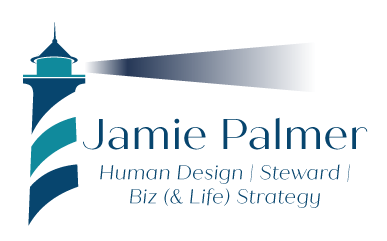
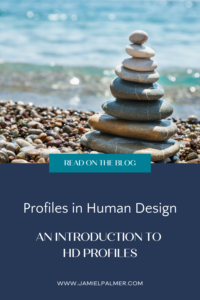
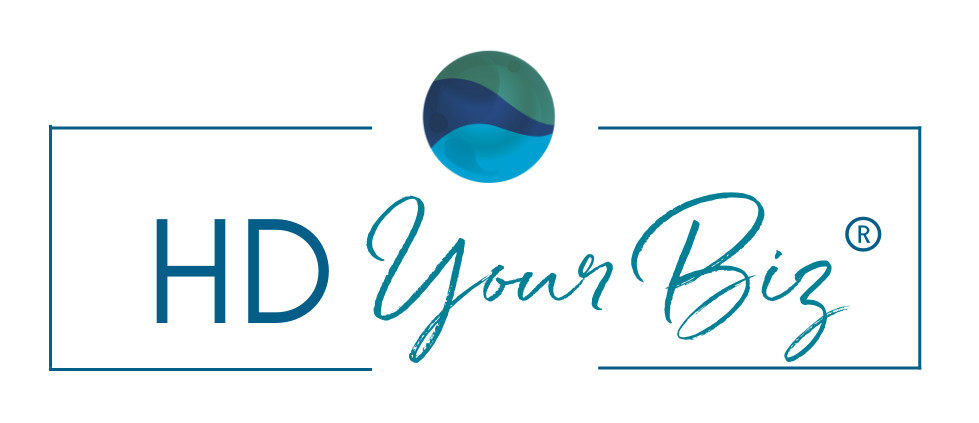
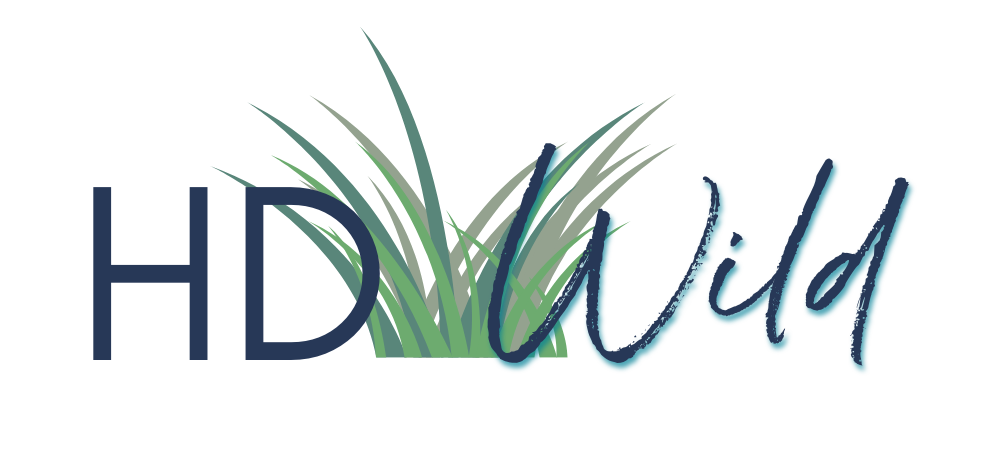

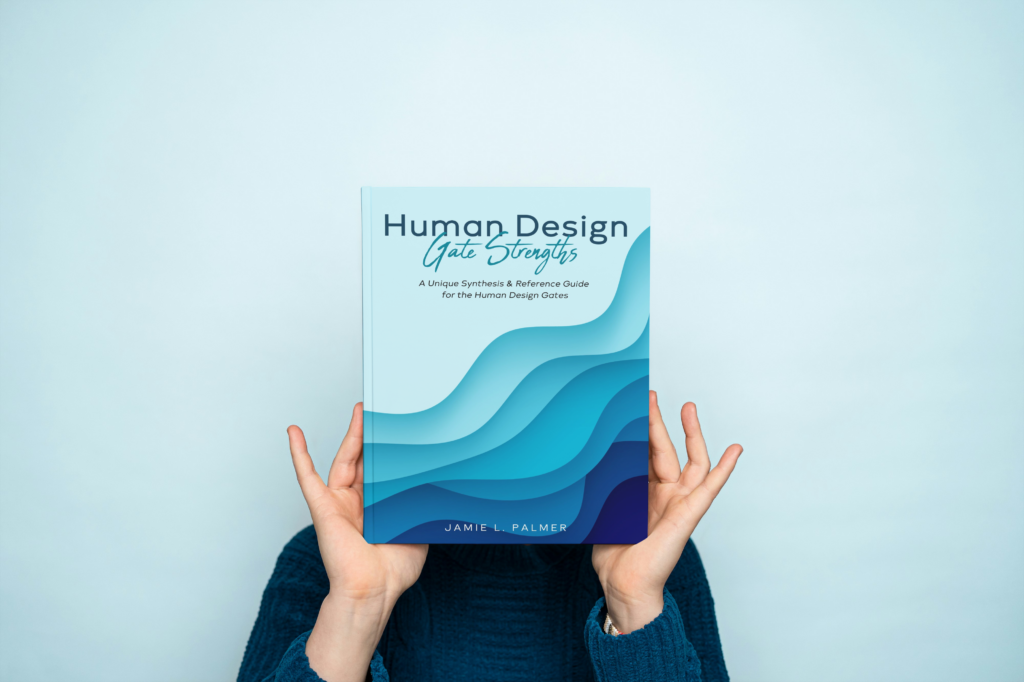

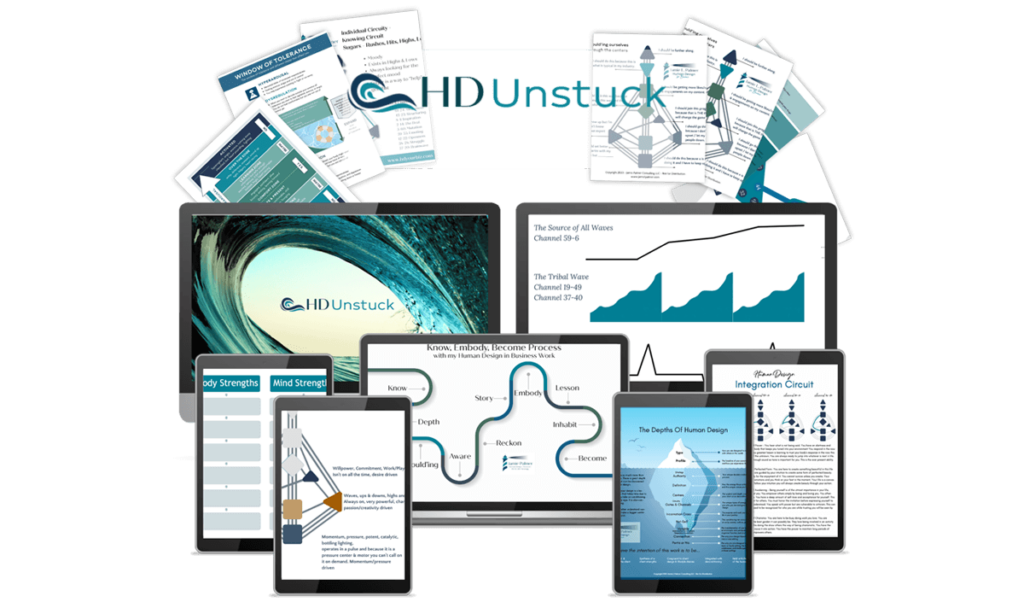

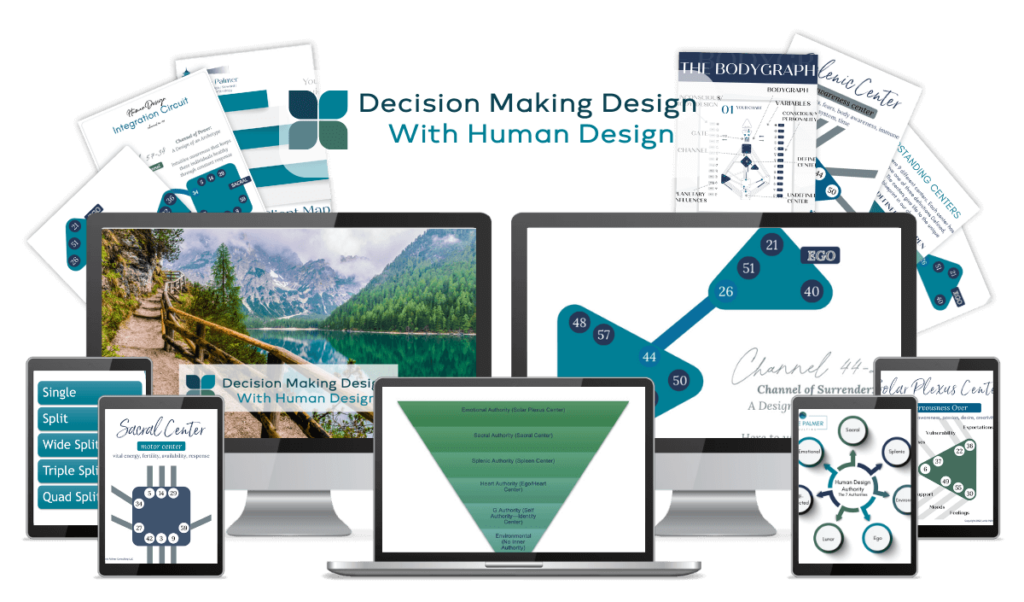
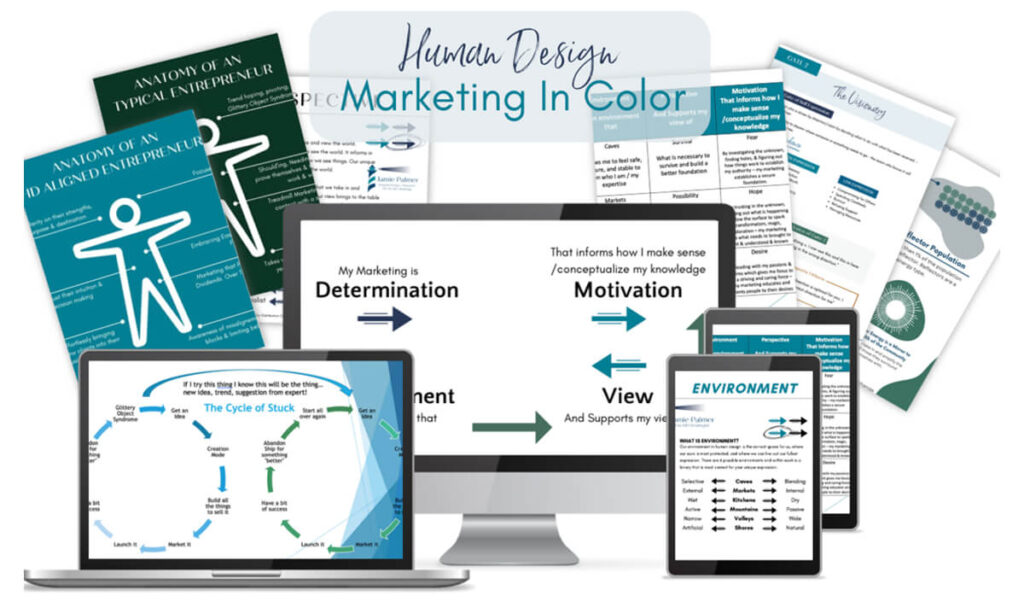
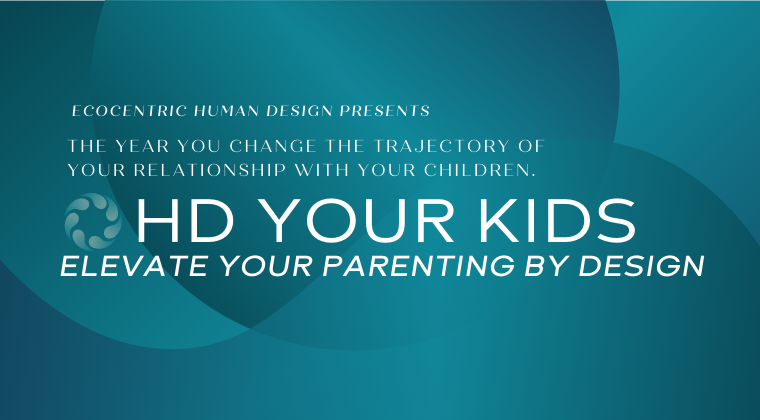
Recent Comments